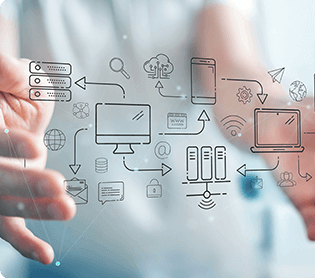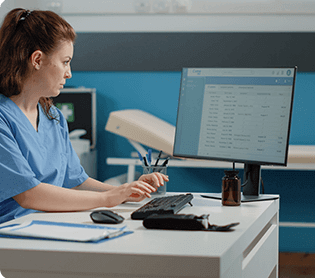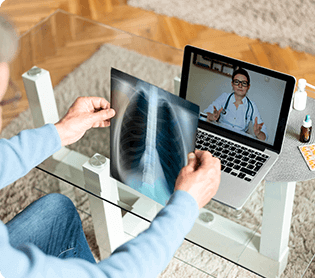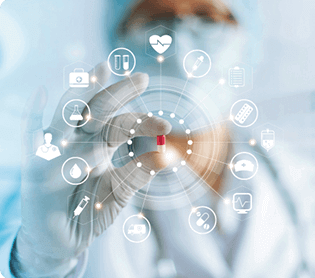Electronic medical records (EMR) are people’s medical records stored in digital format. An EMR indicates the health record within a single organization, like one clinic or practice. It contains medical information like immunizations, previous diagnoses, medications, allergies, lab results, and doctor’s notes. EMR systems replace paper-based medical charts and enable providers at an organization to collaborate for care. Facilitating an EMR integration with remote patient monitoring software would boost telehealth services.
Telehealth is the use of digital and telecommunication technologies to access medical services. Remote patient monitoring (RPM) forms a major subset of telehealth. As the name indicates, it involves observing patient health outside the usual medical facilities. It uses various technologies to collect patients’ health vitals and transmit them to providers, who assess them and provide services. An EMR integration for RPM bolsters the effectiveness of remote care and offers benefits for providers and patients.
How Does EMR Integration with RPM Help?
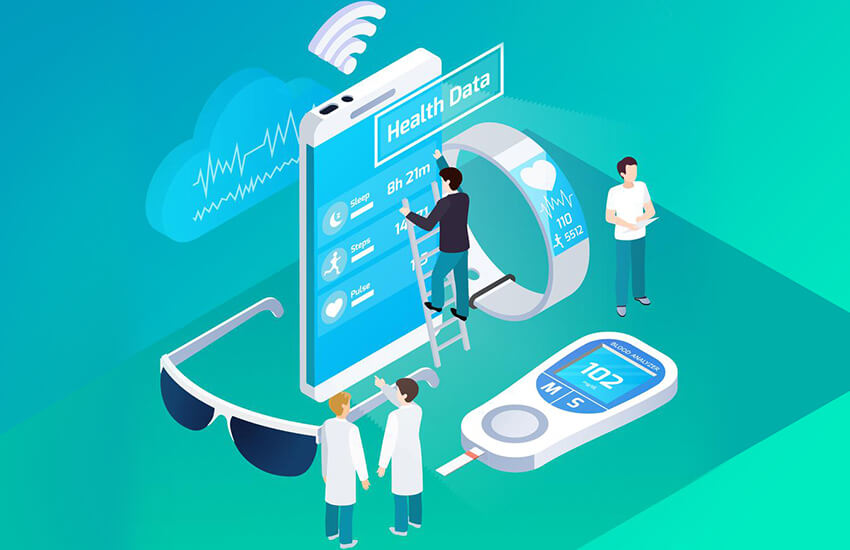
Remote patient monitoring depends on the successful collection of patients’ health vitals. This is facilitated by IoT-based gadgets like Apple’s Smartwatch and Fitbit, in addition to various other wearable garments. Additionally, wireless glucometers, blood pressure cuffs, and even electrocardiograms (ECG) are widely used by people to record their vitals. These send real-time medical information to providers for their assessment.
Integrating EMR systems with remote patient monitoring solutions facilitates seamless electronic data exchange between the platforms. This means that the vital signs obtained through the monitoring devices are stored securely on EMR or EHR systems. This data garnered over time allows clinicians to analyze it better to derive valuable insights. Solutions for medical informatics accelerate and optimize the process of analyzing patients’ medical data.
Advanced analytics solutions alert providers to deviations from established baselines, highlighting potential medical risks. Such a predictive approach to patient care is possible through EHR integration with RPM solutions. By gathering all the health information in one place, providers can use it better and serve their patients better. The data from RPM devices will be accessible alongside the existing medical histories, allowing doctors to identify potential diseases during their early onset.
This can revolutionize clinical care as we know it and even pave the way for a type of personalized medicine. Additionally, it would extend access to specialist care to distant locations without experts. As telehealth solutions and RPM platforms grow in scope and functionality, EMR integration is a logical step forward.
Fight Against Epidemics and Public Health Issues
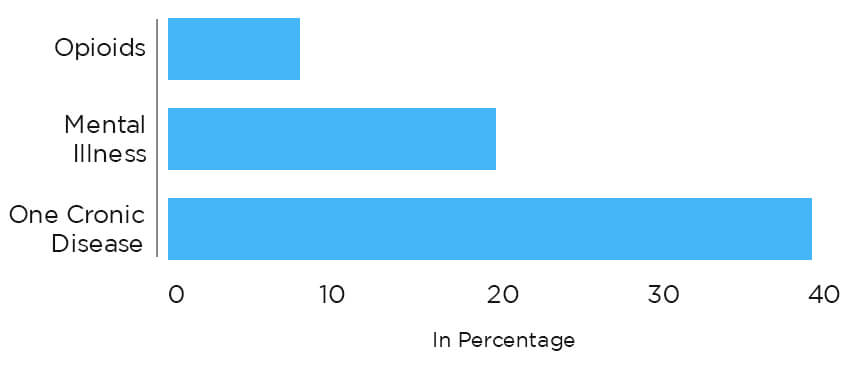
The United States suffers from several public health problems that continue to grow unabated. About 40% of adults in the country suffer from at least one chronic disease, nearly 20% reportedly experience mental illness, and the opioid epidemic continues to cost more lives each year. Between 5% and 10% of adults in the country are said to have been addicted to opioids.
These numbers are alarming, and public health officials are pushing the government to declare these problems emergencies. The government declared the opioid crisis as such and is enacting policies to combat the same. But the problem of chronic diseases and mental illnesses still looms large in American society. These problems are only exasperated by economic difficulties in the wake of the Covid-19 pandemic, which took a financial and medical toll on many Americans. Even before the pandemic wreaked havoc, high costs and inequitable access made it difficult for many people to receive the care they needed.
But innovations in healthcare technology can address some of these difficulties. An EMR integration with remote patient monitoring solutions might offer respite to the dual problems of access and cost. As the name indicates, RPM allows physicians to observe patients remotely. As mentioned, this is made possible by several devices that gather health vitals in real-time and share them with providers.
A remote patient monitoring system allows one provider to observe multiple patients remotely. Patients can use the required devices to record their vitals and transmit them to their providers without going to the clinic. The vitals would be stored on EMR or EHR systems where providers can get a complete medical history. In other words, an EMR integration with remote patient monitoring platforms will provide up-to-date medical information for doctors to assess.
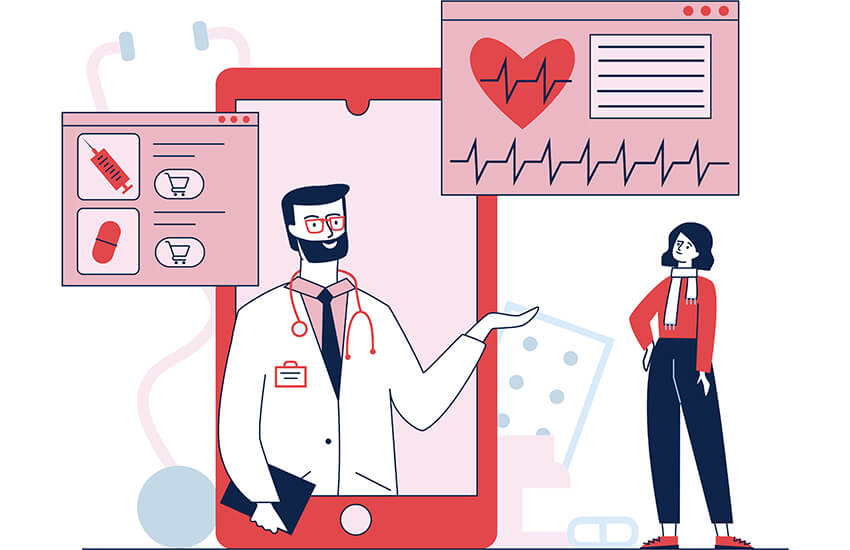
Patients can also use telehealth applications to schedule appointments and have video consultations. This goes a long way in solving the problem of care access, especially for rural people. They can send their vitals to doctors regularly, store them on EMR systems, and receive effective remote care.
Connecting with providers remotely and having them assess vitals without needing in-person visits alleviates the access problem. This is especially applicable in the case of chronic diseases and mental illness and could even help with substance abuse.
Let’s talk about that in more detail –
For Mental Health Therapy
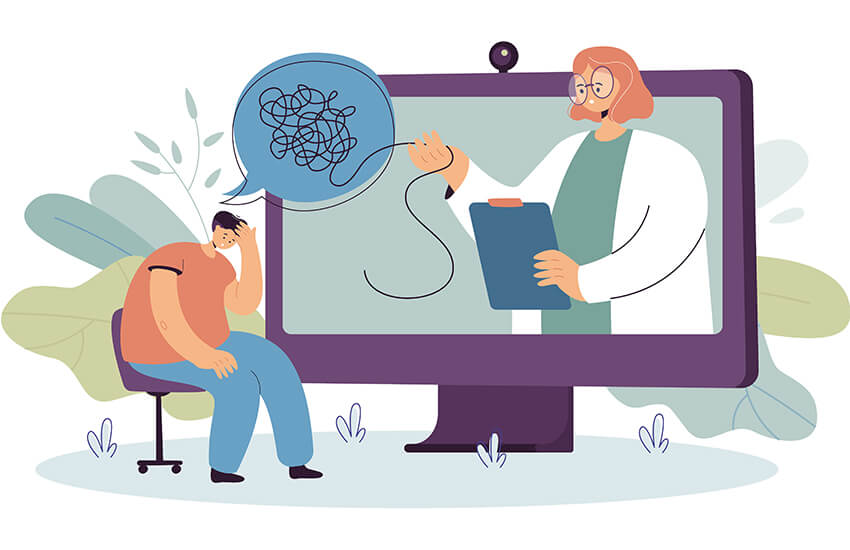
As mentioned earlier, mental illness is a major problem in the United States. Additionally, almost a third of all people live in locations without a single mental health therapist; for people like this, RPM and telehealth applications can help them connect with therapists remotely. Patients could record symptoms like drug cravings, anxiety, violent mood swings, and other extreme emotions. The therapists can then offer remote counseling sessions through the telehealth application.
Therapy for substance abuse will help with the opioid crisis. Telehealth solutions will help people reach out to therapists and receive care remotely. The merger of an EMR with RPM solutions helps therapists know the patient better and improve the quality of care. Since telehealth and EHR monitoring helps to increase mental healthcare, by extension, it would also help with the opioid epidemic.
The ability to connect with therapists for support remotely is sure to help many Americans cope with their struggles. This is further assisted by being able to share symptoms and having them logged into an EMR.
For Chronic Diseases
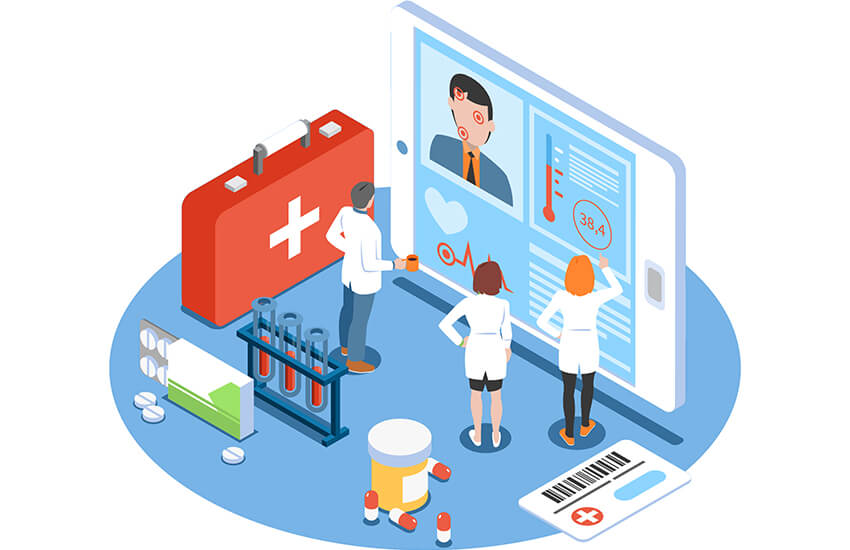
Chronic diseases are a major problem facing the healthcare industry in the United States. They cost the industry tens of billions each year. Chronic care management involves an elaborate disease management program since it can’t be cured. An EMR integration with remote patient monitoring will help patients upload their vitals daily to an EMR. This information, alongside their medical histories, will help their doctors make informed decisions about managing the disease.
Accessing specialist care is the best part of using an RPM solution with an EMR system. Healthcare management for chronic diseases requires a specialist or a team of coordinating doctors. Additionally, the lack of need to go to clinics in person for repeated tests helps bring down the cost in the long term. Given the scale of chronic diseases in the United States, an EMR integration with remote patient monitoring will help providers, payers, and patients.
Conclusion
The market for telehealth EHR integration grew rapidly in the wake of the Covid-19 pandemic. It also led to the mushrooming of the demand for RPM devices. As a result, it dtook little timefor providers to see the potential of telehealth for broader applications. As the market for RPM and telehealth grow rapidly, so will the demand for EMR integration solutions. Their potential for tackling some of the biggest challenges to American healthcare is enormous.
References:
OSP is a trusted software development company that delivers bespoke solutions as per your business needs. Connect with us to hire the best talents in the industry to build enterprise-grade software.

How can we help?
Fill out the short form below or call us at (888) 846-5382
Looking for software solutions to build your product?
Let's discuss your software solutions for your product in our free development acceleration call!
Get In Touch arrow_forwardDiscuss Your Project Handover with a team of expert Book a free consultation arrow_forward
About Author

Written by Riken Shah linkedin
Riken's work motto is to help healthcare providers use technological advancements to make healthcare easily accessible to all stakeholders, from providers to patients. Under his leadership and guidance, OSP Labs has successfully developed over 600 customized software solutions for 200+ healthcare clients across continents.












